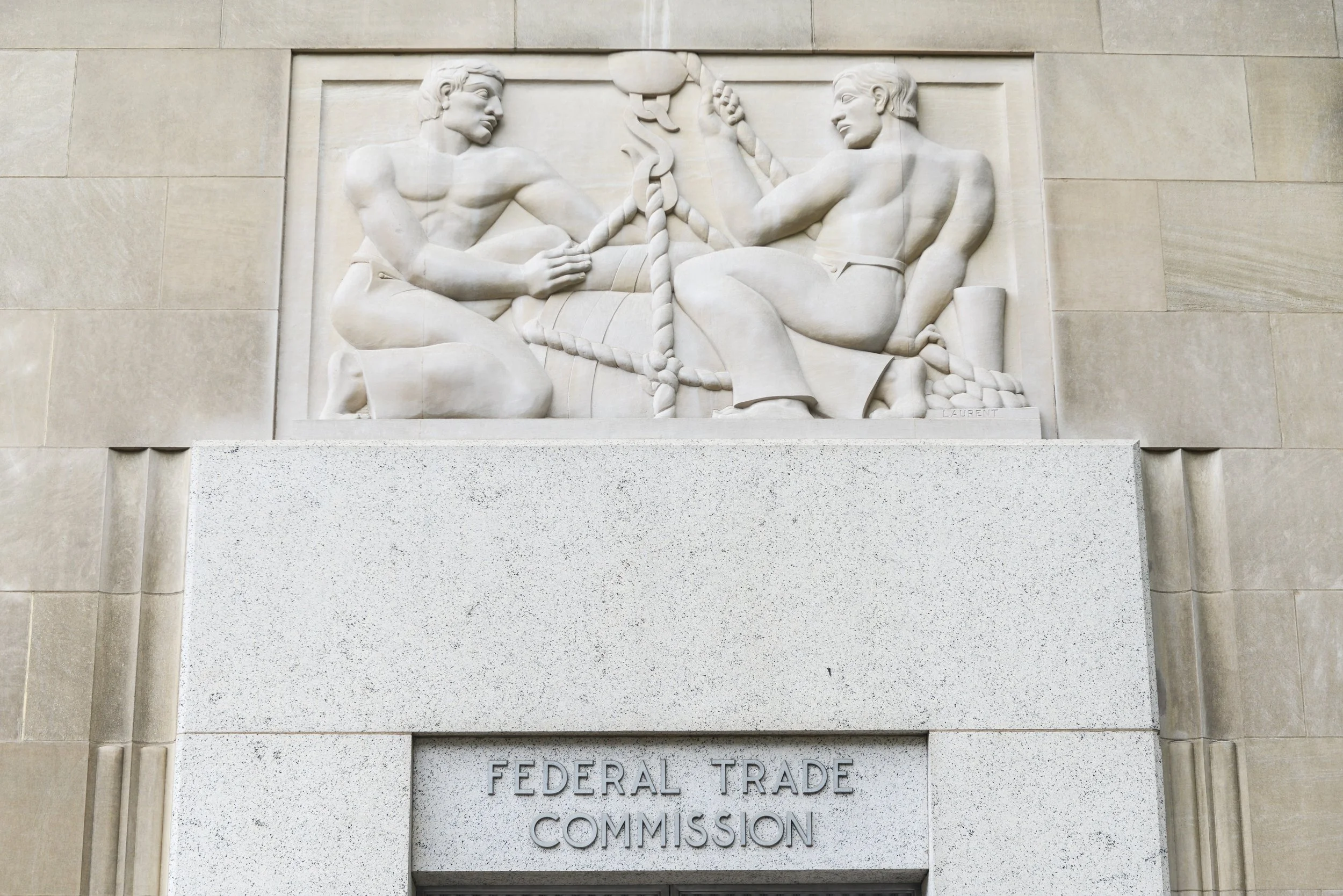The following commentary originally appeared in The Washington Times.
By Todd Snitchler
This September, the California Independent System Operator (CAISO) issued flex alerts for over a week, requesting residents to severely limit their electricity use which included imposing limits on electric vehicle charging, recommending thermostat settings be set at 78 degrees or higher, and limiting the use of appliances and lighting. On September 6, the California Office of Emergency Services sent an alert to approximately 27 million cellphones throughout the state, warning “Power interruptions may occur unless you take action.” One has to ask how is the grid teetering this close to the edge in a country with the resources we have in the United States? Policy decisions at the state and federal level that are not based in reality, that’s how.
Competitive electricity markets have continuously proven their ability to deliver reliable power, while also providing that energy in a cost-effective and increasingly clean way. Advancing this market model throughout the energy transition will be key to continued economic growth and improved environmental outcomes. To maintain reliability, policymakers must level the playing field for all energy solutions and should embrace competition to drive the innovation needed to achieve government-mandated, net-zero goals.















